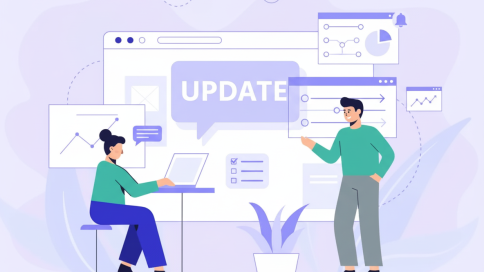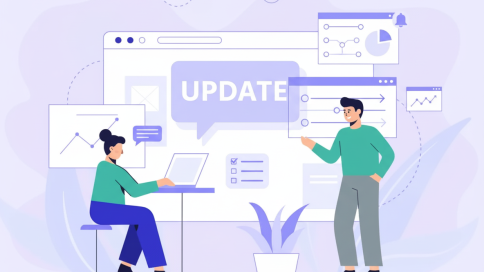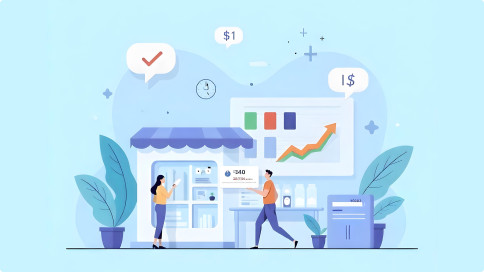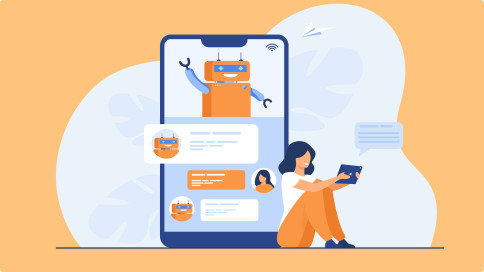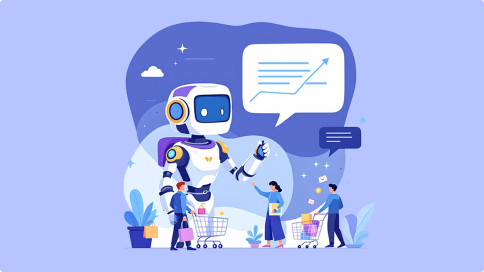Chatbots vs. Human Agents: Finding the Perfect Balance for Your Business
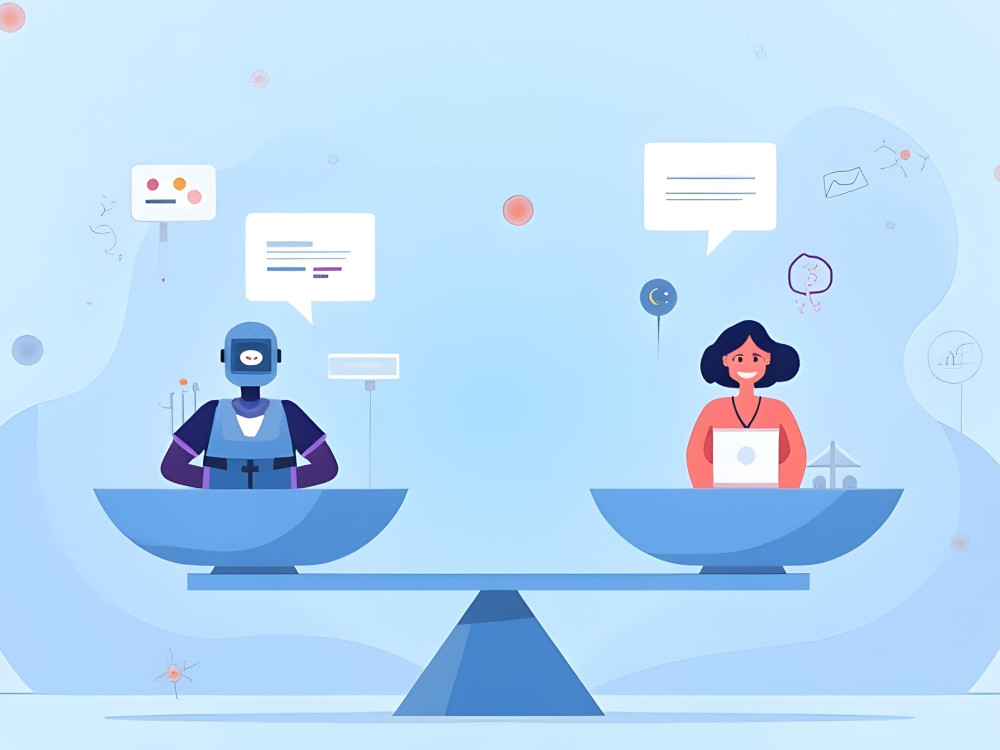
In the age of digital transformation, businesses are increasingly turning to chatbots to streamline operations, reduce costs, and enhance customer experiences. However, while chatbots offer numerous benefits, they’re not a one-size-fits-all solution. Human agents still play a critical role in delivering personalized, empathetic, and complex support.
So, how do you strike the perfect balance between chatbots and human agents? In this blog, we’ll explore the strengths and limitations of both, and provide actionable tips for integrating them seamlessly into your business strategy.
The Rise of Chatbots: Why They’re Here to Stay
Chatbots have become a cornerstone of modern customer service and sales strategies, and for good reason. Here’s what makes them so valuable:
- 24/7 Availability
Chatbots never sleep, ensuring customers can get assistance anytime, anywhere.
- Instant Responses
With chatbots, customers don’t have to wait in long queues for support.
- Cost Efficiency
Chatbots can handle thousands of inquiries simultaneously, reducing the need for large customer service teams.
- Consistency
Chatbots provide uniform responses, ensuring every customer receives the same level of service.
- Scalability
Whether you’re serving 10 customers or 10,000, chatbots can scale effortlessly to meet demand.
The Irreplaceable Value of Human Agents
Despite the advancements in AI, human agents bring unique qualities that chatbots simply can’t replicate:
- Empathy and Emotional Intelligence
Humans can understand and respond to complex emotions, making them better suited for sensitive or high-stakes situations.
- Creative Problem-Solving
Human agents can think outside the box to resolve unique or complicated issues.
- Personalized Interactions
Humans can build rapport and trust with customers, fostering long-term relationships.
- Handling Ambiguity
Unlike chatbots, humans can interpret vague or nuanced queries and provide appropriate responses.
- Brand Ambassadors
Human agents can embody your brand’s voice and values in a way that feels authentic and relatable.
Chatbots vs. Human Agents: When to Use Each
The key to finding the perfect balance lies in understanding the strengths of each and deploying them in the right scenarios.
When to Use Chatbots
- Routine Inquiries: FAQs, order tracking, and account updates.
- High-Volume Interactions: Handling spikes in customer queries during peak times.
- Lead Qualification: Collecting customer information and identifying potential leads.
- Proactive Engagement: Initiating conversations with website visitors or app users.
- Multilingual Support: Providing instant translations for global audiences.
When to Use Human Agents
- Complex Issues: Technical support, billing disputes, or escalated complaints.
- Emotional Situations: Handling sensitive matters, such as cancellations or refunds.
- Personalized Service: Offering tailored recommendations or advice.
- Building Relationships: Engaging with high-value customers or VIP clients.
- Feedback Collection: Conducting in-depth surveys or gathering customer insights.
How to Integrate Chatbots and Human Agents Effectively
To create a seamless customer experience, businesses need to integrate chatbots and human agents in a way that leverages the strengths of both. Here’s how:
- Use Chatbots as the First Point of Contact
Deploy chatbots to handle initial inquiries and gather basic information. If the issue is too complex, the chatbot can escalate it to a human agent, providing them with all the necessary context.
- Enable Smooth Handoffs
Ensure a seamless transition from chatbot to human agent by using tools that allow chatbots to transfer conversation history and customer data. This prevents customers from having to repeat themselves.
- Train Chatbots to Recognize Limits
Program chatbots to identify when a query requires human intervention, such as detecting frustration in a customer’s tone or recognizing complex requests.
- Leverage Chatbots for Post-Interaction Follow-Ups
After a human agent resolves an issue, chatbots can follow up with customers to ensure satisfaction or offer additional support.
- Combine AI with Human Oversight
Use chatbots to assist human agents by providing real-time suggestions, automating repetitive tasks, or pulling up relevant customer data during interactions.
Real-World Examples of Chatbot-Human Collaboration
- Banking Sector
Many banks use chatbots to handle routine transactions like balance inquiries or fund transfers. For complex issues like loan applications or fraud detection, human agents step in to provide personalized assistance.
- E-Commerce Platforms
Online retailers use chatbots to answer product questions and process orders. If a customer has a complaint or needs a refund, human agents take over to resolve the issue empathetically.
- Healthcare Industry
Chatbots in healthcare can schedule appointments and provide basic medical information. For more serious concerns, patients are connected with doctors or nurses for expert advice.
Tips for Finding the Perfect Balance
- Understand Your Customers’ Needs
Analyze customer behavior and preferences to determine which tasks are best handled by chatbots and which require human touch.
- Invest in the Right Technology
Choose a chatbot platform that integrates seamlessly with your CRM and customer service tools to enable smooth collaboration between chatbots and human agents.
- Train Your Team
Equip your human agents with the skills to work alongside chatbots, such as managing handoffs and using AI-driven insights to enhance their performance.
- Monitor and Optimize
Continuously track the performance of both chatbots and human agents, and make adjustments to improve efficiency and customer satisfaction.
Conclusion
The debate between chatbots and human agents isn’t about choosing one over the other - it’s about finding the perfect balance that maximizes the strengths of both. Chatbots excel at handling routine tasks and providing instant support, while human agents bring empathy, creativity, and personalized service to the table.
By integrating chatbots and human agents effectively, businesses can deliver exceptional customer experiences, reduce operational costs, and stay competitive in today’s fast-paced market.
